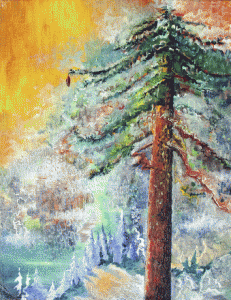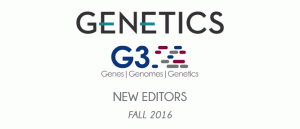Enter your address to receive notifications about new posts to your email.
Articles tagged Genetics Journal
(331 results)
-
The unique genetic variation of the Greenlandic Inuit population could help find novel disease associations
Despite being covered by a massive, permanent ice sheet, Greenland has been continuously inhabited by humans for over a thousand years. Most modern Greenlanders are Inuit whose ancestors migrated eastward from Canada around 1000 AD, bringing technology like kayaks and dogsleds. They eventually settled on the coasts of the world’s largest island, hunting whales and…
-
Rapid immune evolution: exception or rule?
The arms race between pathogens and their hosts leaves clear genetic marks: the most quickly evolving parts of host genomes often include immune genes. But are these fast-movers the exception among immune genes, or do most genes in this class bear the genetic signature of strong selection? In the January issue of GENETICS, Early et…
-
February GENETICS Highlights
Check out the February issue of GENETICS by looking at the highlights or the full table of contents! ISSUE HIGHLIGHTS Feeding-related traits are affected by dosage of the foraging gene in Drosophila melanogaster, pp. 761-773 Aaron M. Allen, Ina Anreiter, Megan C. Neville, and Marla B. Sokolowski The foraging gene has been implicated in multiple feeding-related traits. Allen…
-
A modern look at ancient DNA
Well over 15,000 years ago, a man and a bear died in a cave in the Jura Mountains in modern-day Switzerland. That was the end of the story for millennia—until their remains were discovered in 1954 by researchers investigating the cave. Further work in the 1990s uncovered the fact that the man had, in fact,…
-
January GENETICS Highlights
Check out the January issue of GENETICS by looking at the highlights or the full table of contents! ISSUE HIGHLIGHTS This Month’s Centennial Articles The sustained impact of model organisms—in genetics and epigenetics, pp. 1-4 Nancy M. Bonini and Shelley L. Berger In this GENETICS Centennial commentary, Nancy M. Bonini and Shelley L. Berger reflect on the history of…
-
The tiny worm with a big impact
These worms are as long as a pencil’s tip and only just visible without a microscope. They are among the smallest multicellular animals, but they still have complex organ systems. They are Caenorhabditis elegans, one of the most important organisms in modern biology and a key to understanding the most basic molecular processes of life.…
-
The fungus-fighting secrets hiding in the sugar pine’s enormous megagenome
Towering sugar pine trees dominate the mountain forests of California and Oregon. They are the tallest pine trees in the world, regularly growing to skyscraper heights of over 100 meters. But these forest behemoths are under attack from a very tiny foe: an invasive fungus. White pine blister rust was accidentally introduced to western North…
-
New schizophrenia risk genes found by computational analysis
Symptoms of schizophrenia most commonly begin to creep up in young adulthood. Although genetics play a major role in this complex disorder, narrowing down the search for the genes involved has proven frustratingly difficult. Risk loci identified by genome-wide association studies (GWAS) may contain several genes, making it unclear which of these contribute to pathology.…
-
December GENETICS Highlights
Check out the December issue of GENETICS by looking at the highlights or the full table of contents! ISSUE HIGHLIGHTS This Month’s Centennial Articles Edward East on the Mendelian basis of quantitative trait variation, pp. 1321-1323 Michael Turelli Reviews editor Michael Turelli introduces Edward East’s 1916 Classic on the Mendelian basis of a continuously varying phenotype. This work exquisitely…
-
GENETICS and G3 Fall 2016 Editorial Board Update
GENETICS and G3 are excited to welcome new editors! GENETICS and G3 Series Editor: Lauren McIntyre GENETICS Associate Editors: Anne Britt, Elizabeth Hauser, Jennifer Surtees, Paul Scheet, Mikko J. Sillanpää, Mario Calus, Katie Peichel G3 Associate Editors: Michael J. Axtell, Fernando Pardo-Manuel de Villena, Shavannor M. Smith, Joshua Udall GENETICS and G3 Series Editor LAUREN MCINTYRE University of Florida Lauren McIntyre is developing a…
-
November GENETICS Highlights
Check out the November issue of GENETICS by looking at the highlights or the full table of contents! ISSUE HIGHLIGHTS This Month’s Centennial Articles Charlesworth et al. on background selection and neutral diversity, pp. 829-832 Stephen I. Wright Associate Editor Stephen I. Wright introduces the 1993 GENETICS Classic by Charlesworth. This landmark article revealed an important effect structuring neutral…


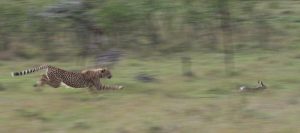
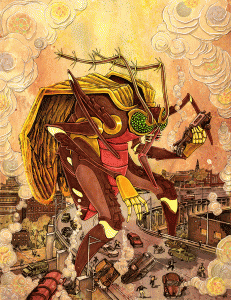
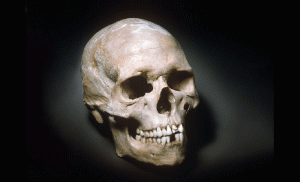
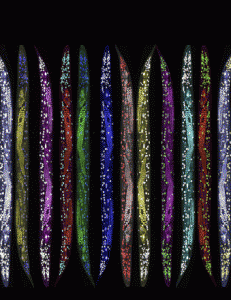
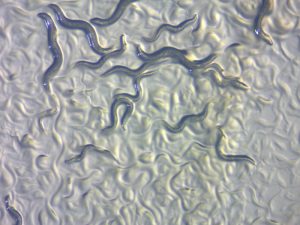
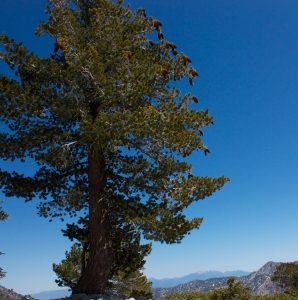
![A cloth embroidered by a person with schizophrenia. By cometstarmoon [CC BY 2.0], via Wikimedia Commons](https://s36063.pcdn.co/wp-content/uploads/2016/12/rsz_cloth_embroidered_by_a_schizophrenia_sufferer-300x225.jpg)
